Jeremy Plotkin Wong: Myth Through Clay
- Synergy Magazine

- Jun 23
- 3 min read
By Marky Salvati | Images Courtesy of the Artist |

Jeremy Plotkin Wong (he/they) collects sculptures like Pokémon cards, each with their own distinct story that Plotkin Wong refers to as myth. Their ceramic sculptures are humanoid and poised, existing in space as virtuous beings.
Plotkin Wong walked me through his studio space, recalling specifics about each sculpture. Some incorporate garden mulch, ribbons, textiles and fake eyelashes, all affixed to or tied around a ceramic body.
Plotkin Wong is a sculptural artist, primarily working in clay, currently based out of Chicago. They received their BFA from the School of the Art Institute of Chicago and will pursue an MFA from Cranbrook Academy of Art come Fall 2025.
“Clay is a seductive material,” Plotkin Wong said. “There are no Boundaries between you and the material.”
Occupying a few shelves and tables in a loft space-turned ceramic community, Plotkin Wong's studio is animated, home to ceramic sculptures that are half-human and half-pot.
These sculptures are made skillfully; ceramic elements are manipulated to mimic arms and torsos. A divergence in human representation– when Plotkin Wong omits the head, instead allowing the lip of the pot-form to mimic a gaping mouth. “Obscuring the face allows it to be projectable,” Plotkin Wong explained.
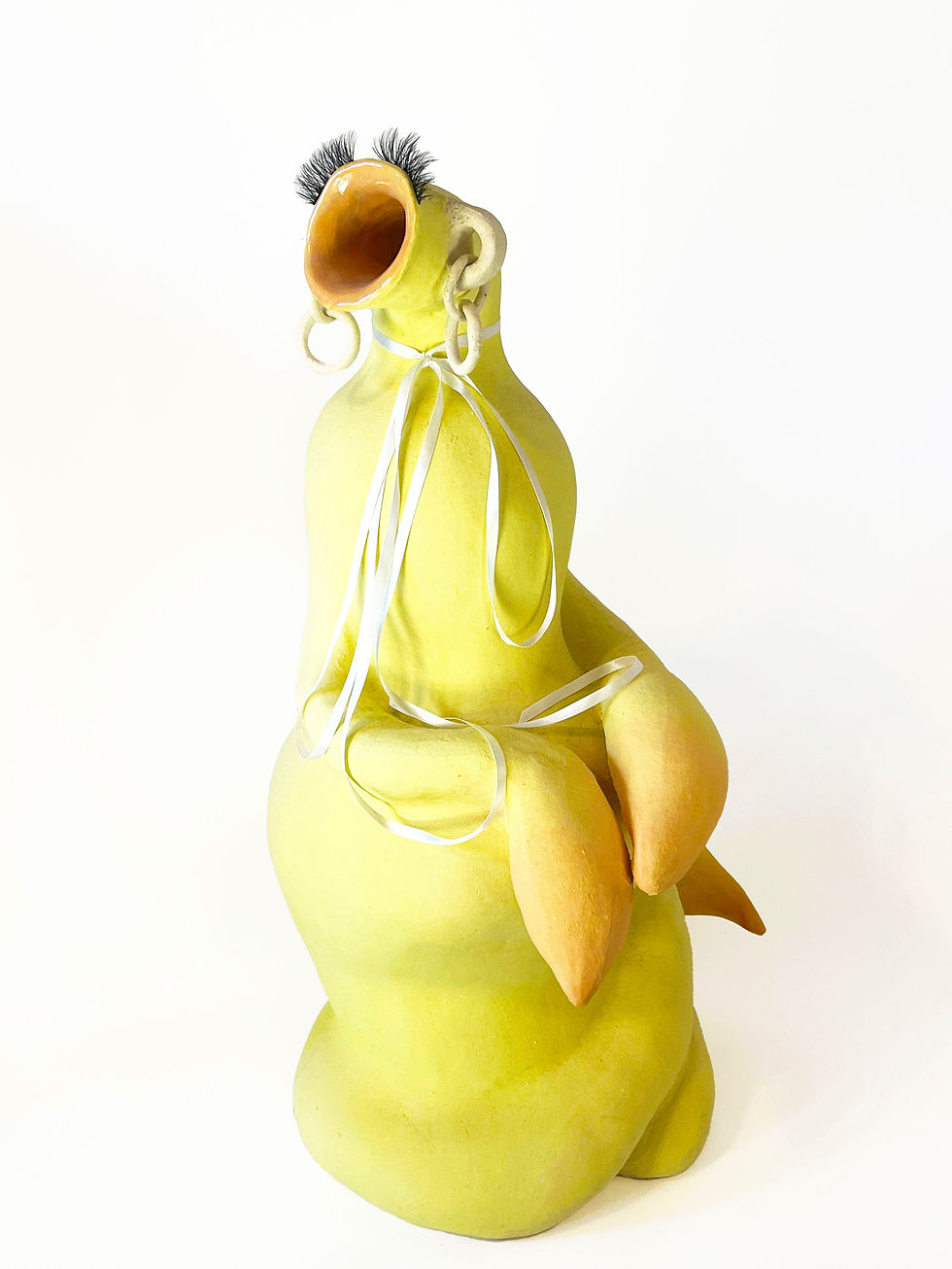
These headless sculptures allow the viewer to “stand in” for the work. The sculpture becomes androgynous in identity and personhood.
Citing many Asian influences, like Japanese-American sculptor Patti Warashima, Asian mythology and traditions in Asian ceramics, Plotkin Wong’s research is vital to his artistic practice.
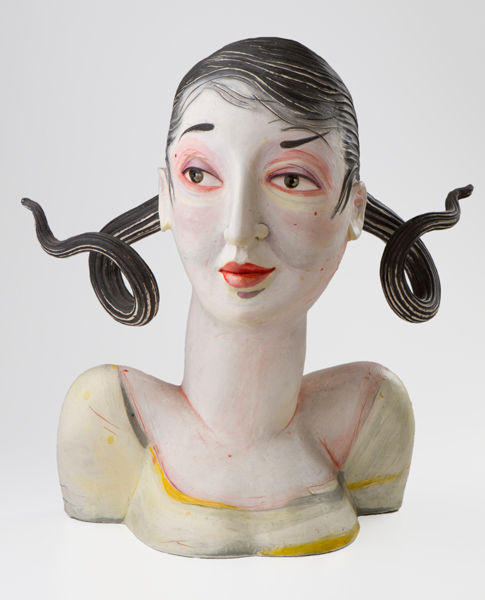
“I am inspired by the decorative art of China,” said Plotkin Wong describing porcelain and bronze vessels that feature, as they coined, “earrings.” These “earrings” traditionally serve utilitarian purposes, but to Plotkin Wong they are personified as jewelry.
One work, Lambchop (The Sweet and the Sting), is inspired by an Asian folk story called “The Vegetable Lamb of Tartary.” This story aims to realize the origins of the cotton plant, framing cotton as once being a real lamb, on an umbilical cord – vine.
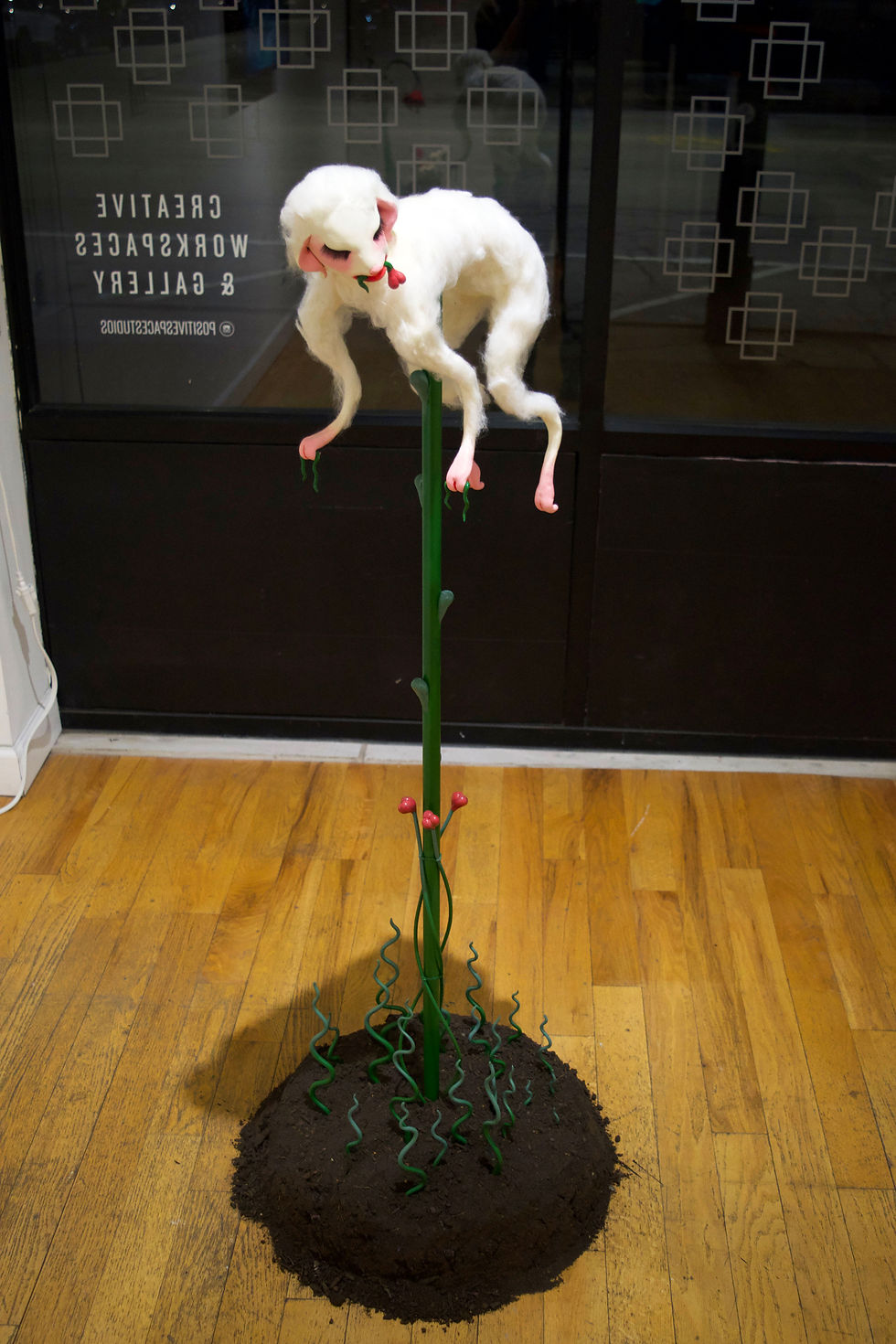
Plotkin Wong explained that this work engages with ancient mythology to provoke a sense of reverence. By combining established myths with Plotkin Wongs’ own world-building and lored sculpture, he speaks to imagined places and beings that are only comparable to children's cartoons.
Alongside references to the historical and cultural, Plotkin Wong is inspired by vintage animation, like Disney’s “Fantasia.”
Plotkin Wong grew up as a dancer. Dance was once their main artistic outlet, but is now a symbol in their work. Their mythological and honest sculptures capture movement theatrically – earnestly.
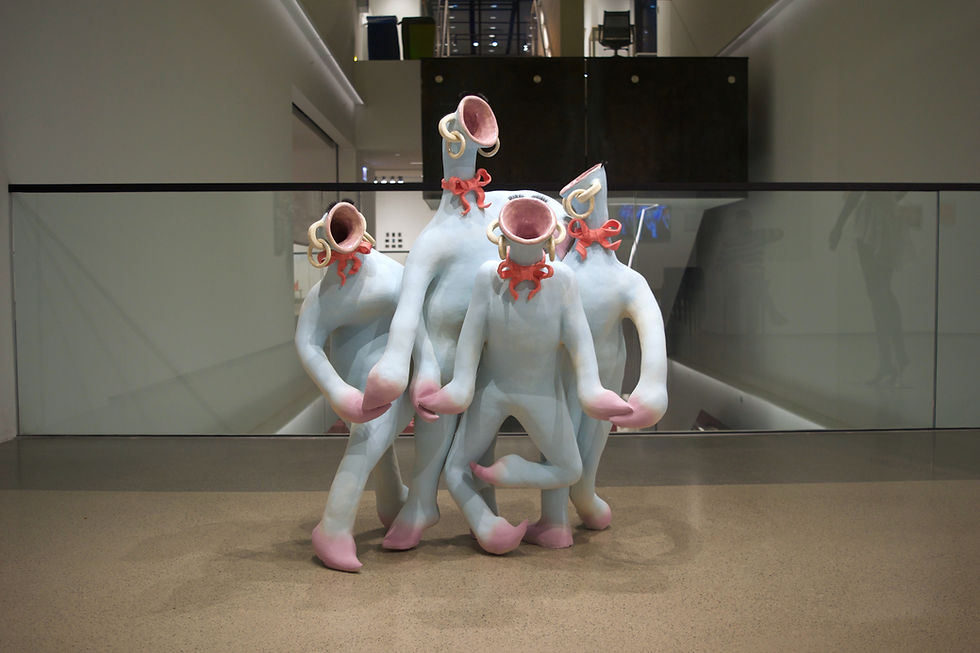
Along with symbols in dance and movement, there are multiple recurring motifs throughout his sculpture.
Fake eyelashes immediately feminize and queer each figure. These characters are often put in the position of servitude- which Plotkin Wong explained is a play on the queer colloquialism to serve.
A majority of their sculptures feature plant life, buds and flowers. Whether the vine serves as a lamb's umbilical cord or sprouts from the “mouth” of a vessel, Plotkin Wong’s use of vegetation speaks directly to senses of the body. “Flowers are symbols of desire,” they said, connecting flowers to human passion.
One work in progress sat in their studio space: an unfired clay sculpture of a pot-bust. Vines and vegetation flood through its open hole of a face. Plotkin Wong was excited, explaining that it would be his very first water fountain.
Plotkin Wong views fountains as a sort of rose-colored glasses. Decorative and architectural fountains have a way of symbolizing built environments as safe and flourishing. The water fountain is radical.
Keep in touch with Jeremy Plotkin-Wong:
Instagram: @jeremy_pw
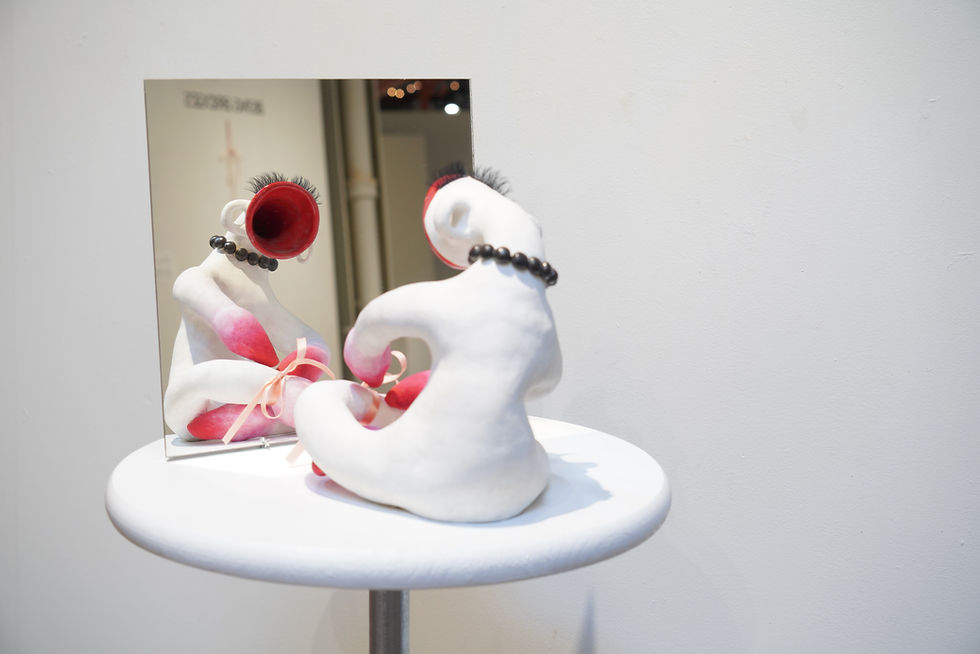



Comentarios